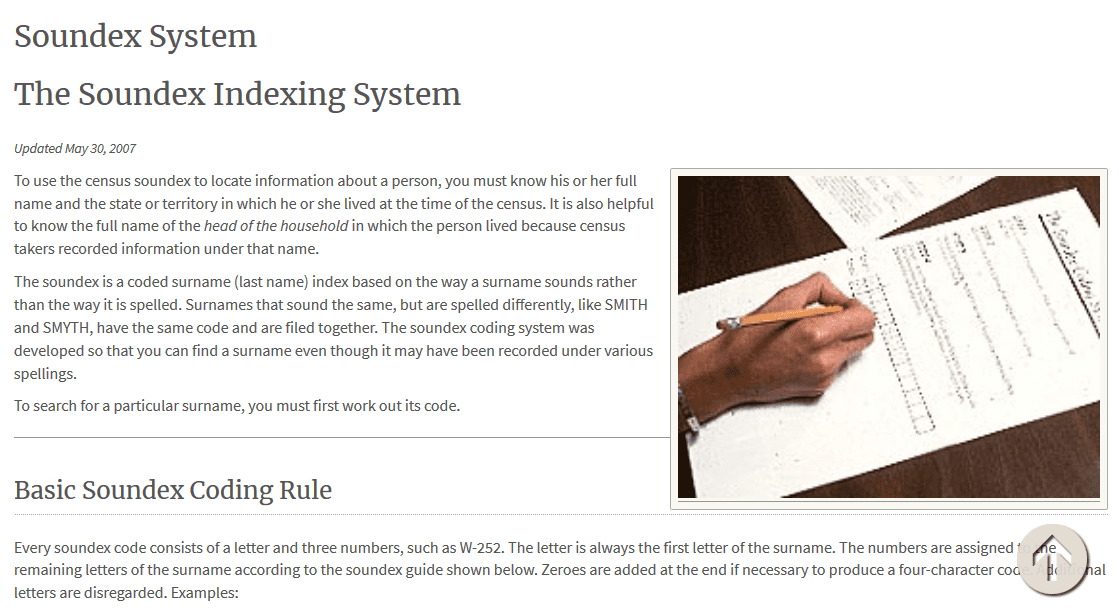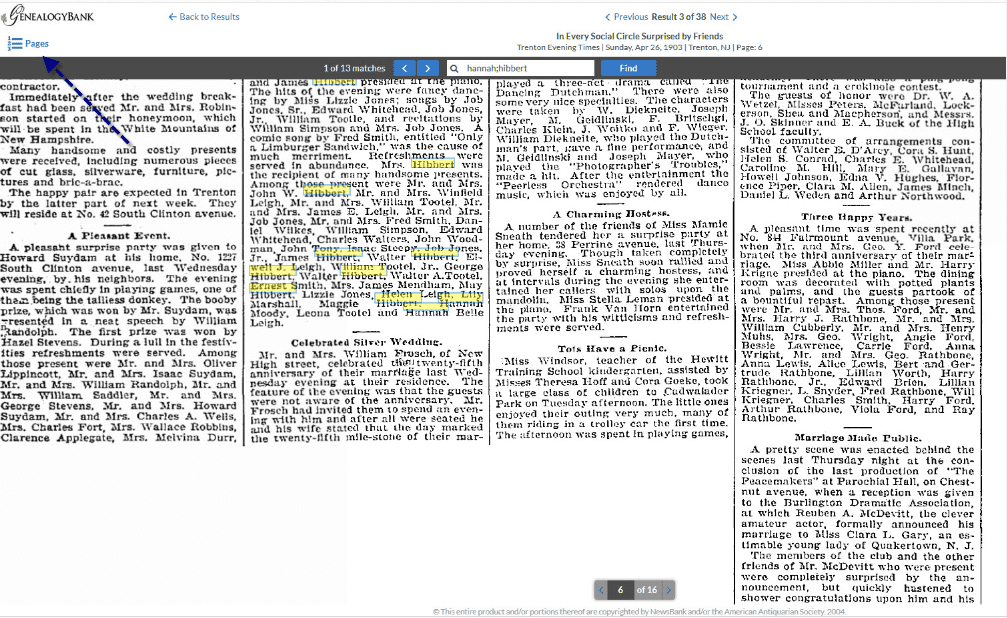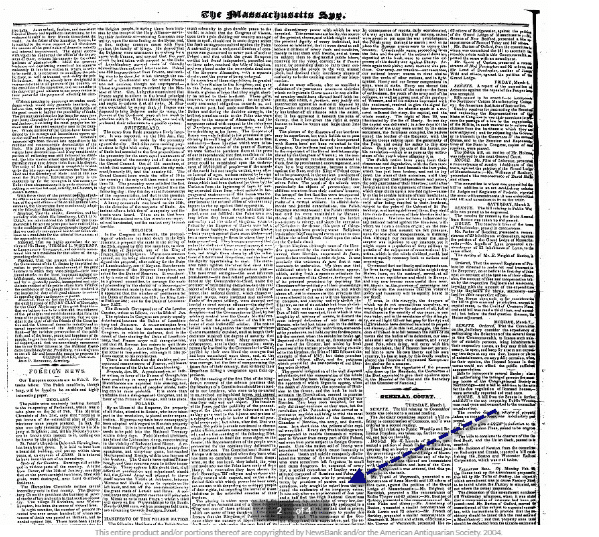Introduction: In this article, Gena Philibert-Ortega gives some genealogy advice based on her 20+ years of family history research. Gena is a genealogist and author of the book “From the Family Kitchen.”
Genealogy has changed quite a bit from when I first started doing serious research – over 20 years ago. Today, because of the Internet and digitization efforts, researchers have much more information available to them that can be accessed from the comfort of their home. As the way we access records has evolved, we have also changed how we conduct research. Reading microfilmed records at a library has given way to typing name, date, and place in a genealogy website search engine.
However, despite the evolution in genealogical research, sometimes the old ways of doing things are the best ways. Yes, I love all that is available to us now, but in some cases the way we researched before technology and digitization is still beneficial to our research. Let’s consider some of those “old ways” of researching and how they can help you today.
Use the Soundex
Have you used the Soundex? If you are new to genealogy, the Soundex might not be familiar to you. First, let’s define the Soundex. Soundex is simply a coded index that takes into consideration how a surname sounds and not how it is spelled, allowing researchers to find surnames even if they were not spelled “correctly.” The 1900 U.S. census was the first Soundex project taken on by the Works Progress Administration (WPA).* If you’re not familiar with the “look” of the Soundex code you can check out the web page Soundex System on the National Archives website. For those who’ve been researching their family tree for decades, you may be very familiar with the code for your own surnames, having used it to search the census on microfilm.

Genealogy website search engines allow you to search on a name in a variety of ways in addition to the way it’s spelled. Along with wild card searches, one option may be Soundex. Now, in the “good old days” we consulted charts to figure out our ancestor’s Soundex code equivalent – but today, you can just check that option on the search engine, and it automatically does it for you.
Remember to always read a website’s FAQs to learn more about using the search engine to get the best results. You can find help for searching GenealogyBank here.
Browse Records
Oh, the good old days of genealogy – when you picked the census microfilm for the place you thought your ancestor lived in, loaded the microfilm, then cranked the microfilm reel page by page and studied each line until that “aha!” moment when you found your ancestral family.
Sure, today it’s much easier. Typing a few words in any number of online search engines you can (maybe) find your ancestor. No arm muscles required. But sometimes it’s not that easy. Sometimes because of a bad transcription, or simply not finding your ancestor where you think they should be, the search engine doesn’t help. When your ancestor doesn’t just jump off the page with an online search, what should you do?
First, try different variations of your search, including misspellings, wild cards, Soundex, and searching on another household member’s name. If you know the place where they lived you could search the census page by page. It takes longer but sometimes that’s what’s necessary to find what you are looking for. In addition, you can also search the Social Security Death Index for information such as date of birth, date of death, and age at death.
While today we don’t need to crank the microfilm for many of the records we use like the census, newspapers, and city directories, you can still browse records instead of searching. Most genealogy websites provide you a way to browse record sets, page by page.
On GenealogyBank you can browse each page of the entire newspaper you’re interested in instead of just looking at the article where your ancestor’s name is found. From the Article Results Page, click on the link at the top left that says Pages. This will reveal all the pages from that particular issue of the newspaper.
You can also browse through the entire newspaper by clicking the forward and backward arrows at the bottom of the screen.
It Can Pay to Be Old Fashioned
It’s great to have so many tools available to us at our fingertips – but in some cases, research demands more time and effort than just a simple, quick online search. Take some time to go beyond a website’s search engine results to find what you need.
__________________
* “The WPA Census Soundexing Projects,” Prologue Magazine (https://www.archives.gov/publications/prologue/2002/spring/soundex-projects.html: accessed 1 April 2017).



